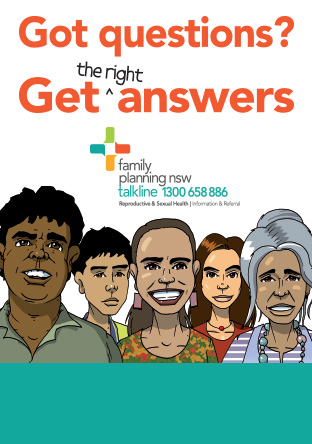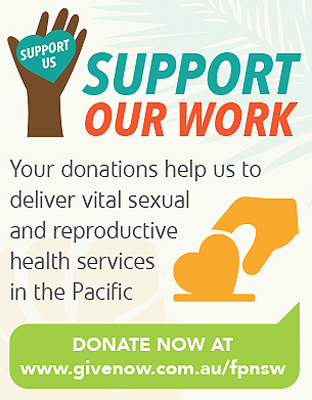Contraceptive use in Australia: LARCs slowly on the rise
Thursday 17th September 2020
Ahead of World Contraception Day on Saturday September 26th, Family Planning NSW has published a new report looking at current contraception trends in Australia.
The report, Contraception in Australia 2005-2018, compiles the most up-to-date data available on contraceptive use among Australians collated from Roy Morgan1 studies and HILDA2 surveys.
The report found that approximately two thirds of Australian women at risk of pregnancy were using contraception between 2005 and 2015, but that there was still an unmet need for family planning.
According to the latest HILDA survey (2015), oral contraception (28%) and condoms (24%) were the most frequently used methods of contraception amongst women at risk of pregnancy, followed by partner vasectomy (7.5%).
LARCs, which are highly effective, long acting and reversible contraception, were lower with contraceptive implants at 5% and intrauterine devices at 4.5%.
Across data sets, usage of LARCs demonstrated small but consistent increases. HILDA reported an increase from 3.0% to 5.1% for implant use between 2005 and 2015 and 1.6%-4.5% for IUD use, and Roy Morgan recorded an increase from 5.7% to 12% between 2008 and 2016 for both implants and IUDs.
Medicare data3 for the same period shows that between 2005 and 2018 in all states and territories, claims for contraceptive implants almost doubled, PBS claims for hormonal IUDs approximately tripled and MBS claims for IUD insertions doubled or tripled depending on location.
According to FPNSW Medical Director Dr Deborah Bateson, the data show a promising trend towards increasing use of LARCs - but greater awareness of the advantages as well as the disadvantages of the full range of contraceptive options available to potential users is needed.
"These data cement previous findings that there is still a strong preference for the oral contraceptive pill and condoms in Australia. Although figures for LARCs are slowly increasing, our overall numbers are still lower than the likes of Europe and the US for a range of reasons." Dr Bateson said.
"The continuing high uptake of oral contraceptives in Australia may reflect their ease of use, reversibility, and various non-contraceptive benefits, including the relief of menstrual symptoms and control of acne.
"However, we also know that there is a lack of awareness as well as misperceptions about LARC methods as well as challenges in accessing an insertion by a trained clinician - particularly in rural and remote areas - and that this likely contributes to our lower uptake."
Previous FPNSW studies looking at initiatives for LARC uptake have indicated that nurse-led insertions would have a positive impact on clinical delivery and increased access, however, supportive policies and funding options are needed for this to be realised as Medicare rebates in Australia primarily only subsidise doctor-led services.
This World Contraception Day, Family Planning NSW are encouraging all Australians to speak to their doctor about their reproductive and sexual health and contraceptive needs.
"There are more than ten types of contraception available, and we want to ensure that Australian women are aware of all of them so they can select the method that best suits their needs," said Dr Bateson.
"For many people, the pill or condoms can be a good choice, but for others, a 'set and forget' implant or an IUD could be a great alternative. We want people to have the accurate information on all options so they can make informed choices about their reproductive and sexual health.
"To ensure informed choice is a reality and to improve contraceptive uptake in Australia, it is important for health care providers to understand the prevalence, trends and factors associated with the use of contraceptives so they can support their patients in making the best choice."
-ends-
Media enquiries: Mark Faulds 0402 880 653
1 Roy Morgan data 2008, 2010, 2012, 2014, 2016 obtained from the Roy Morgan Australian market research company
2 The Household, Income and Labour Dynamics in Australia (HILDA) survey 2005, 2008, 2011 & 2015 data obtained from the Melbourne Institute of Applied Economic and Social Research
3 Medicare Australia - Statistics 2018 [Available from: http://medicarestatistics.humanservices.gov.au/statistics/mbs_item.jsp


